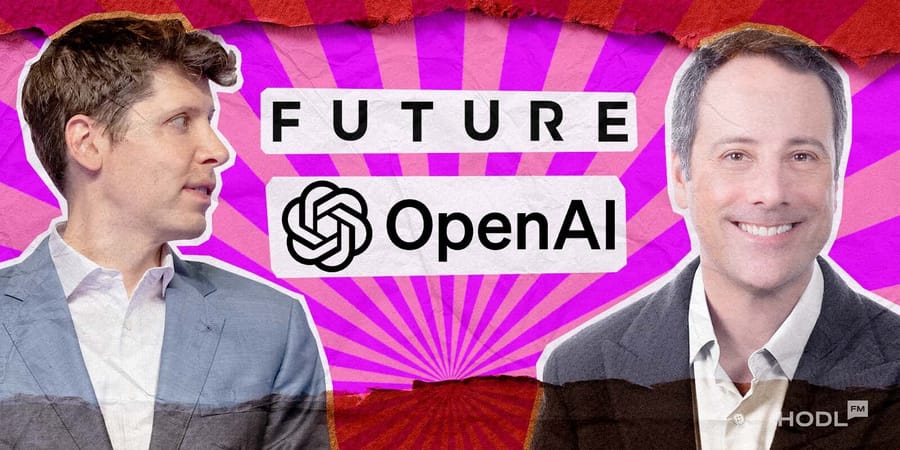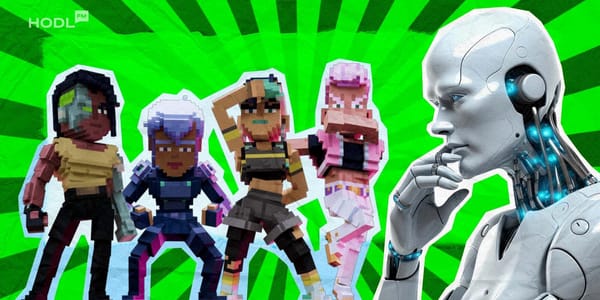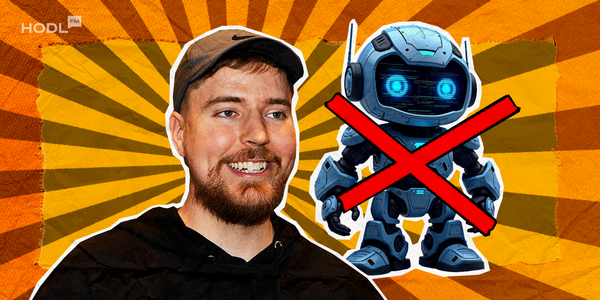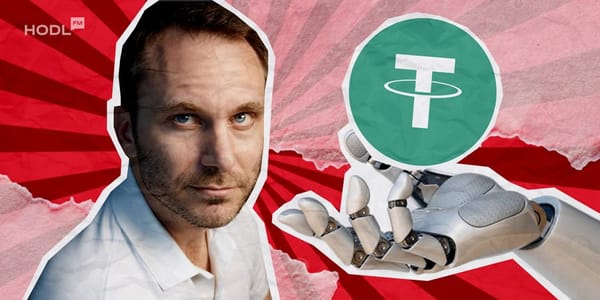In a bold and forward-looking move, OpenAI has partnered with Future, the publisher of over 200 media brands including Tom’s Guide, PC Gamer, TechRadar and Marie Claire. This is a big step forward for AI and established media, allowing ChatGPT to provide users with expert content while properly attributing and linking to the original articles.
This follows OpenAI’s strategy of forming content partnerships with big industry players like Vox Media, News Corp and Time. Future’s portfolio will give ChatGPT users access to journalism across tech, lifestyle and gaming. As OpenAI COO Brad Lightcap says “more access to great, up to date and trustworthy information from a range of specialist sources.”
Not all publishers are optimistic about OpenAI. There have been legal challenges with OpenAI from The New York Times which claimed millions of its articles were used without consent. Also, other publishers like The Intercept and Canadian news outlets have accused OpenAI of copyright infringement and data ethics.
Using AI for Productivity
Future is getting ahead of the curve with AI too. They have already used OpenAI’s tools to power chatbots for Tom’s Hardware and Who What Wear, helping readers interact more deeply with their content. CEO Jon Steinberg said “we will be able to distribute our content to more platforms” and “Future is pleased to be at the forefront of deploying AI… to support our staff and make their lives easier.” For Future this is a step towards building global communities and growing their audience.
Elon Musk’s Criticism
As the excitement and concern around OpenAI’s latest content partnership unfolds, Elon Musk is always one of OpenAI’s biggest critics. In a tweet in June he blasted Apple’s partnership with OpenAI saying:
“It’s ridiculous that Apple can’t make their own AI but can somehow guarantee OpenAI will keep your data and privacy safe! Apple has no idea what’s happening to your data once they hand it over to OpenAI. They’re selling you down the river.”
It’s patently absurd that Apple isn’t smart enough to make their own AI, yet is somehow capable of ensuring that OpenAI will protect your security & privacy!
— Elon Musk (@elonmusk) June 10, 2024
Apple has no clue what’s actually going on once they hand your data over to OpenAI. They’re selling you down the river.
Musk’s comments weren’t just about OpenAI’s partnerships but about the trust we put in corporations to look after our data. Many online agreed, pointing out the concentration of power in AI development and lack of oversight. These questions remain: Can AI companies and media organizations work together without killing creativity and intellectual property?
Industry Implications
OpenAI and Future’s partnership sets a new standard for AI-media partnerships. For OpenAI it’s an opportunity to prove ChatGPT as a platform for trusted knowledge. For Future it’s a chance to reach more people and explore the possibilities of AI engagement.
As CEO Jon Steinberg said “ChatGPT is a whole new way for people to find our amazing specialist content”. But as this partnership plays out it will be all about balancing innovation, ethics and intellectual property.
The OpenAI-Future partnership is a small part of the bigger picture of AI and media. With promises of better user experiences, increased productivity, and ethical distribution models this could be the start of a new era of collaboration where AI doesn’t just take from journalism but helps it thrive in the digital age.
What’s clear is that as OpenAI makes more of these partnerships the industry will need to keep a close eye on how they play out and make sure they benefit all parties. For now, the stage is set and we’re watching OpenAI and Future as they navigate the opportunities and pitfalls of this historic partnership.
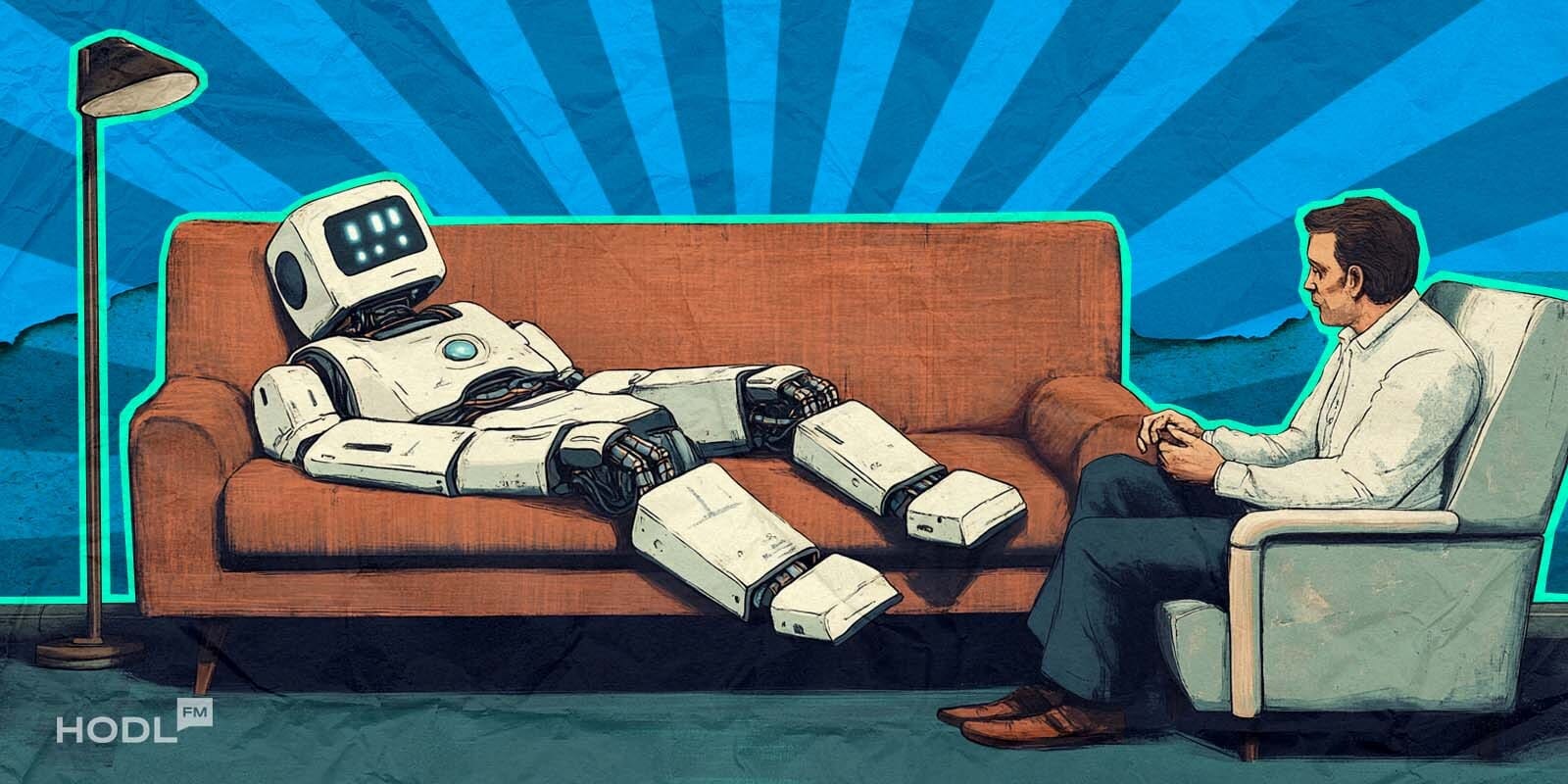
Disclaimer: All materials on this site are for informational purposes only. None of the material should be interpreted as investment advice. Please note that despite the nature of much of the material created and hosted on this website, HODL FM is not a financial reference resource and the opinions of authors and other contributors are their own and should not be taken as financial advice. If you require advice of this sort, HODL FM strongly recommends contacting a qualified industry professional.
